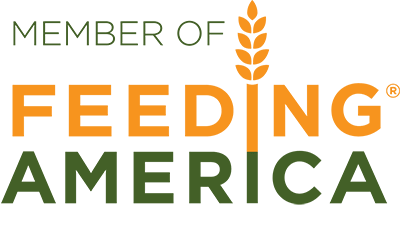Texas Food Banks Urge Legislators to Increase Funding for Surplus Ag Grant
The Feeding Texas network, made up of 21 food banks across the state, is calling on state lawmakers to increase funding for the Surplus Agricultural Products Grant today.
With the cost of groceries rising, many Texans are turning to food banks for support. The loss of the increased pandemic SNAP benefits (known as “emergency allotments”) in March will lead to even greater need, with all SNAP households experiencing a minimum reduction of $95 a month in SNAP benefits.
“Texans everywhere are struggling with the rising cost of food, and as a result, more Texans are seeking emergency food from food banks,” said Celia Cole, CEO of Feeding Texas. “More investment in the Surplus Ag Grant will help food banks meet the growing need in their communities.”
“The East Texas Food Bank (ETFB) continues to see a record number of our neighbors needing help and increasing the funding to the Surplus Ag Grant will be critical in providing enough resources to meet our goal of providing 32 million nutritious meals by 2025,” said Dennis Cullinane, ETFB CEO. “During the pandemic in fiscal year 2020, we served 91,500 households and 25 million meals. In fiscal year 2022, we served 117,300 households and over 27 million meals.”
Since 2001, the Surplus Ag Grant has supported a cost-effective strategy to fight hunger in Texas. The program is a partnership between Feeding Texas and the Texas Department of Agriculture.
Food banks use funding from the program to obtain fresh produce that is unsellable due to imperfections or market conditions, and 100% of program funds go to farmers and transportation providers to offset the cost of harvesting, storage, packaging, and freight. Farmers are eligible for a tax deduction for their donation.
“In addition to feeding hungry Texans, the funds provided through the Surplus Ag Grant offset losses for Texas growers and mitigate the impact of food waste on the environment,” Cole said. “The program is a win-win-win for Texas.”
Texas economist Ray Perryman estimates that every $1 invested in the Surplus Ag program yields $3.27 in healthcare and education savings for Texas.
“Smart policy choices and investments like the Surplus Ag Grant can help prevent hunger for today, while boosting our state’s economic competitiveness and resilience over time,” Cole said.
